We are committed to creating and enhancing our sense of pride, LGBTIQA+ inclusion, safety, and celebration in all of our communities.
LGBTIQA+
Rainbow Pride Advisory Group
Our Rainbow Pride Advisory Group is an opportunity to share your voice on important matters for the Glen Eira rainbow/LGBTIQA+ community. Membership for community members is open, please complete the Expression of Interest Form.
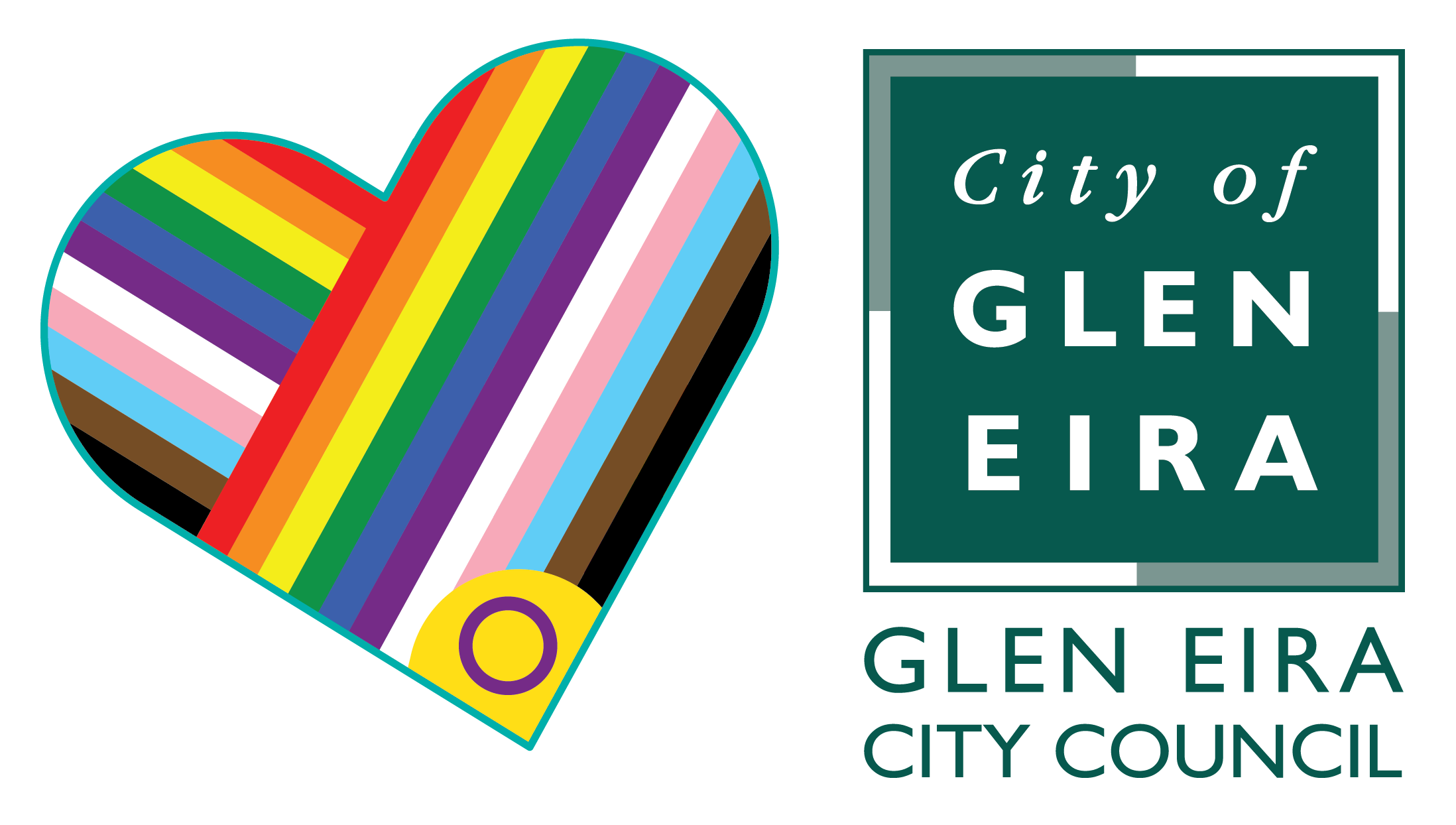
Significant dates
| Significant day/week | Description | Date |
| Midsumma Pride March | One of Midsumma Festival's signature events. A march down Fitzroy Street in St Kilda to show our support for the LGBTIQA+ community. | Sunday 2 February 2025 |
| Transgender Day of Visibility | An international celebration of trans pride and awareness. | Monday 31 March 2025 |
| IDAHOBIT | International Day Against LGBTIQA+ discrimination, to raise awareness of LGBTQIA+ rights, and the awareness of work still needed to combat discrimination. | Saturday 17 May 2025 |
| Wear It Purple Day | A day to foster supportive, safe, empowering, and inclusive environments for rainbow young people. | Saturday 30 August 2025 |
| International Pronouns Day | A day to raise awareness on the importance of respecting, understanding and correctly using pronouns. | Wednesday 15 October 2025 |
| Transgender Awareness Week | A week to raise awareness and celebrate trans and gender diverse people. | Thursday 13 to Wednesday 19 November 2025 |
| Transgender Day of Remembrance | An annual day to honour the memory of trans lives lost to acts of transphobia and discrimination | Thursday 20 November 2025 |
A history of our support
- 2016 — first IDAHOBIT awareness day celebration
- 2017 — first time Glen Eira City Councilmarches in Midsumma festival, publicly supported the YES campaign for Marriage Equality Bill. Glen Eira City Council has been marching in Midsumma Pride March each year following
- 2019 — incorporated unconscious bias awareness training, diversity awareness courses begin
- 2022 — Glen Eira City Council’s Rainbow Pride Advisory Group established
- 2023 — Glen Eira City Council pride mark adopted and displayed on Town Hall. Glen Eira City Council celebrates it’s first Summer Pride at Glen Eira Leisure and Transgender Awareness Week within the community. Gender affirmation and pronouns at work policy adopted within Council.
- 2024 — GESAC is spotlighted with new partnerships formed with Proud 2 Play and Queer Sporting Alliance. For the first time, Glen Eira’ Seniors Festival celebrates a LGBTIQA+ themed event and Town Hall is illuminated with colourful lights to commemorate significant dates.
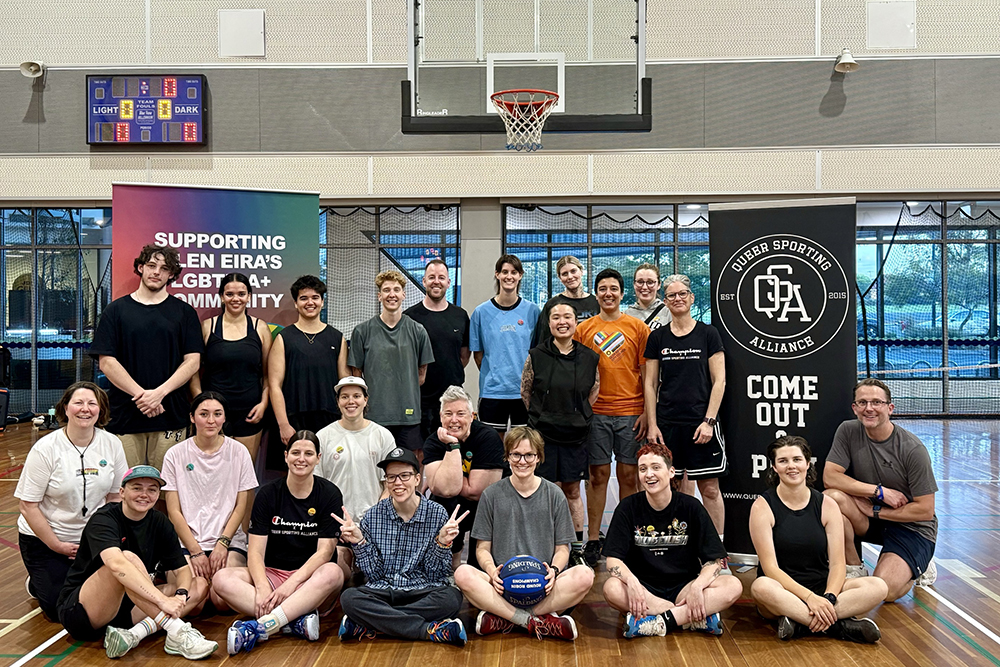
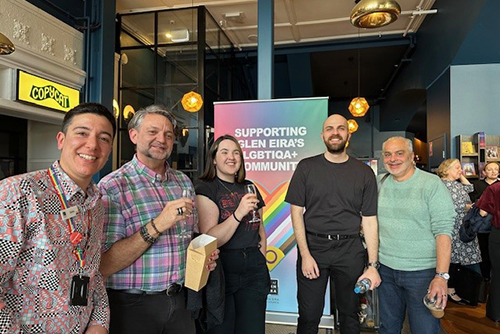
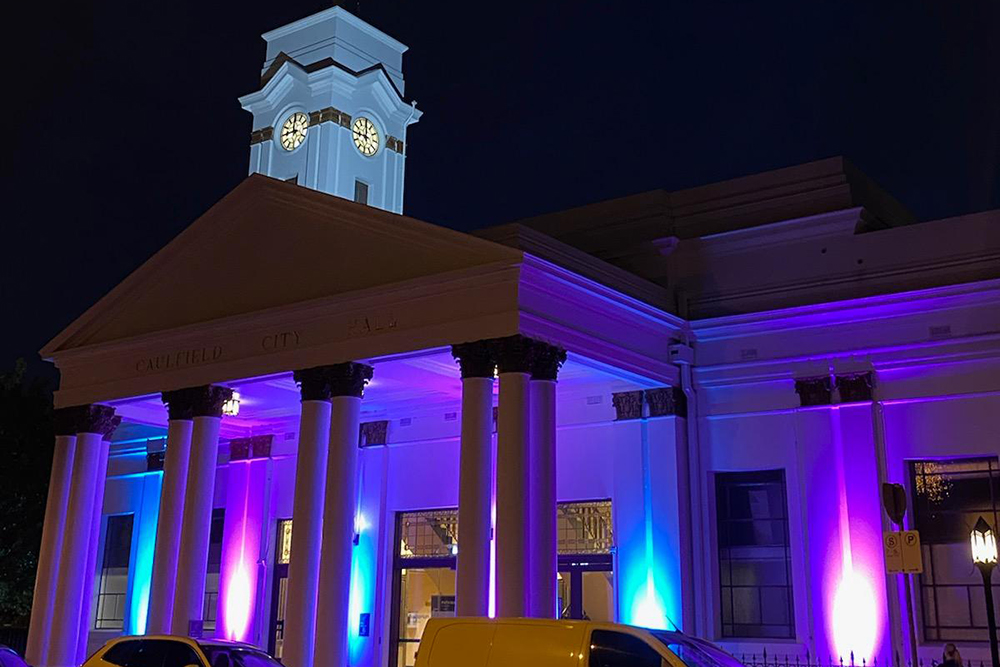
Pronouns
What are pronouns?
- A word or noun which can be used to identify someone in conversation in place of their name. Some examples include he/him/his, she/her/hers and they/them/theirs.
Why are pronouns important?
- Using someone’s correct pronouns is a way to demonstrate your respect and inclusion of them. It is important to ask people what their pronouns are so that you are not making assumptions and unintentionally misgendering them. For some, the sex they are assigned at birth aligns with their gender identity, for others, this is not the case.
What can I do?
- Sharing your pronouns is a great way to create a safe environment. You can do this through social media platforms, email signatures, or simply by stating your pronouns when introducing yourself to a group of people e.g. My name is Garry and my pronouns are he/him. Wearing a pronoun badge is another great way to let other people know what your pronouns are, a fantastic way to show your support, and symbolises to the world that you are aware of, and open to, people with differing gender identities to that of your own.
Where can I find more information?
- Pronouns.org — resources on personal pronouns
- The Pronoun Lowdown by local author Nevo Zisin
- Trans Hub — What are pronouns?
- Minus 18 — What are pronouns and why are they important?
- Youth Affairs Council Victoria — Pronoun rounds and houseplants
Pride flags
The history of the rainbow/LGBTIQA+ pride flag
- Gilbert Baker debuted a Rainbow flag in 1978 which consisted of 8 colours (representing hot pink-sex, red-life, orange-healing, yellow-sunlight, green-nature, turquoise-magic, indigo-serenity, violet-spirit).
- In 1979 the flag was revised to consist of 6 colours, removing the hot pink and turquoise stripes.
- In 2017 the Philadelphia Office of LGBT Affairs introduced an amended flag including a black and brown stripe to draw attention to the underrepresented people of colour within the community.
- In 2018, Daniel Quasar released a new design, known as the Progress flag, incorporating both the Philadelphia and Trans flag (blue, pink, white) colours to place a greater emphasis on inclusion and progression.
- In 2021, Valentino Vecchietti builds on Daniel’s design by adding a yellow triangle and purple circle to recognise the Intersex community.

2021 Disability pride flag
Designed by Ann Magill, a physically disabled author, activist, and artist.
Originally designed with a lightning bolt in 2019, the flag underwent a makeover with Ann seeking feedback from the disability community creating the current design (2021).
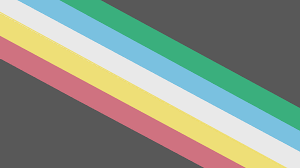
- The downward sloping diagonal lines represent demolishing the ‘walls and ceilings that keep us boxed in’.
- The parallel lines close together represent the closeknit community of different disabilities.
- Green represents sensory disabilities.
- Blue represents mental illness and psychiatric disabilities.
- White represents invisible and undiagnosed disabilities.
- Yellow represents neurodiversity.
- Red represents physical disabilities.
When it comes to Pride flags, any can be used as each flag represents a point in history for the LGBTIQA+ community. Members of the LGBTIQA+ and ally community simply use the flag they feel most aligns with their cause or sentiment at the time. The LGBTIQA+ community also has flags that represent identities and sexualities.
To find out more visit the Human Rights Campaign LGBTQ+ Pride Flags page.
